Earn the Junior Gardener Badge by exploring the world of plants and gardening. This badge helps girls learn to grow plants, use tools safely, and design gardens. Through hands-on activities, girls discover the joys of nurturing life and creating beauty in their surroundings, fostering a deeper connection with nature and sustainability.
Overview of the Junior Gardener Badge
The Junior Gardener Badge is designed to introduce girls to the fundamentals of gardening, fostering a connection with nature and nurturing their creativity. This badge requires participants to explore gardens, learn about different plant types, and gain practical gardening skills. Activities include visiting gardens, designing a dream garden, and understanding plant needs like water, sunlight, and nutrients. Girls also learn to use gardening tools safely and prepare soil for planting. The badge emphasizes hands-on learning, encouraging girls to grow their own plants and share their knowledge with others. By completing these steps, girls develop a deeper appreciation for gardening and sustainability.
Purpose and Goals of the Badge
The Junior Gardener Badge aims to empower girls with essential gardening knowledge and skills, fostering environmental stewardship and creativity. Its primary goal is to equip participants with the ability to grow plants successfully, understand garden design, and appreciate the importance of nature. By completing the badge requirements, girls gain confidence in nurturing life and creating beauty, while developing leadership skills through sharing their gardening experiences. The badge encourages girls to explore the outdoors, learn about plant care, and contribute positively to their communities, laying the foundation for a lifelong appreciation of gardening and sustainability.
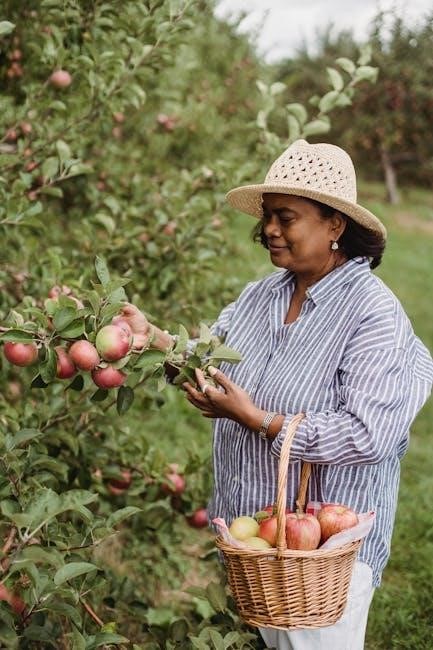
Core Requirements of the Junior Gardener Badge
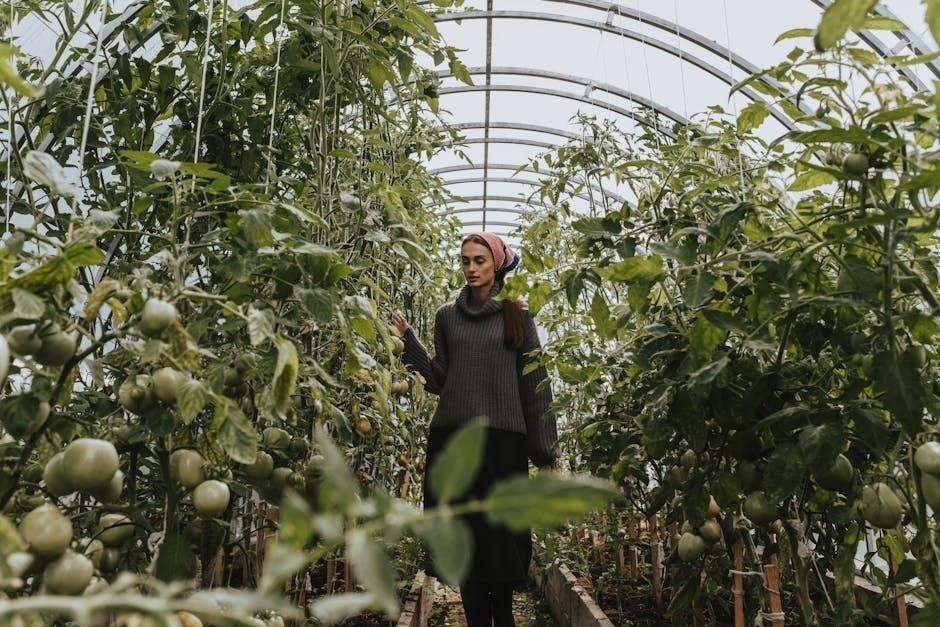
The badge requires visiting a garden, exploring different garden types, and designing a dream garden. Girls must complete hands-on activities to earn the Junior Gardener Badge.
Step 1: Visit a Garden
Start by visiting a garden, whether it’s in your neighborhood, a public park, or even your own backyard. Observe the plants, their placement, and how colors and heights are used to create an appealing space. Take photos or make sketches of your favorite plants to inspire your future gardening projects. If an outdoor visit isn’t possible, explore virtual garden tours online to gain ideas and insights. This step helps girls connect with nature and understand the basics of garden design, laying the foundation for their Junior Gardener Badge journey.
Step 2: Explore Different Types of Gardens
After visiting a garden, girls explore various types of gardens to broaden their understanding. They learn about vegetable gardens, flower gardens, herb gardens, and even container gardens. Each type has unique characteristics and purposes, offering insights into different growing methods and designs. Girls can visit multiple gardens or view pictures online to compare styles. This step encourages creativity and helps them decide which type of garden they might want to create. By exploring diverse gardens, girls gain inspiration and knowledge to apply to their own gardening projects, fostering a deeper appreciation for the versatility of gardening. This step is crucial for sparking their imagination.
Step 3: Create a Dream Garden Design
In this creative step, girls design their ideal garden, considering space, color, and plant variety. They can sketch or use digital tools to visualize their design. Encourage them to think about the types of plants they want, such as flowers, vegetables, or herbs, and how to arrange them. This step fosters imagination and planning skills, allowing girls to express their personal style. Whether it’s a small backyard plot or a container garden, this activity helps girls envision how to bring their gardening ideas to life. It’s a fun way to apply what they’ve learned so far.
Gardening Skills and Safety
Master essential gardening skills and safety practices. Learn to use tools like trowels and gloves safely, and understand basic gardening math for planting seeds correctly. This ensures a safe and successful gardening experience for Junior Gardener Badge earners.
Learning to Use Gardening Tools Safely
Mastering the safe use of gardening tools is a key part of earning the Junior Gardener Badge. Girls learn to identify and properly use essential tools like trowels, gloves, and watering cans. Safety practices, such as wearing gloves and handling sharp objects with care, are emphasized. Activities include tool identification exercises and hands-on practice, ensuring girls feel confident and prepared to work in the garden. This step builds a foundation for safe and effective gardening, helping girls develop lifelong skills for nurturing plants and maintaining outdoor spaces responsibly.
Understanding Basic Gardening Math
Understanding basic gardening math is essential for successful planting and garden maintenance. Girls learn to measure distances for seed spacing, calculate depths for planting, and determine quantities of seeds or soil needed. Math skills like division and fractions are applied to real-world gardening tasks, such as dividing a garden bed into equal sections or mixing soil amendments. This step helps girls appreciate how math plays a practical role in gardening, ensuring plants grow healthy and strong. By mastering these skills, girls gain confidence in both math and gardening, making the process fun and rewarding. This knowledge is key to earning the Junior Gardener Badge.

Starting Your Own Garden
Starting a garden begins with preparing the soil and planting seeds. Girls learn the basics of nurturing plants and growing their own garden confidently.
Preparing the Soil for Planting
Preparing the soil is a key step in starting a successful garden. Girls learn to test soil types, remove debris, and add organic matter like compost or fertilizer to enrich the earth. This process ensures the soil is healthy and ready for planting. By understanding how to prepare the soil, girls gain essential gardening skills and set the foundation for their plants to thrive. This hands-on activity helps them connect with nature while learning about sustainability and the importance of nurturing the environment for growth.
Planting Seeds and Seedlings

Planting seeds and seedlings is an exciting step in gardening. Girls learn to read seed packets for instructions on depth and spacing, using math to determine how many seeds fit in a container. They practice gently placing seeds or seedlings into prepared soil, ensuring proper spacing to prevent overcrowding. After planting, they water carefully to settle the soil. This activity teaches patience and responsibility while fostering a connection to the growth process. By following these steps, girls gain hands-on experience in nurturing plants from the earliest stages, setting the stage for a thriving garden.
Understanding Plant Needs
Plants require water, sunlight, and nutrients to grow. Learning these needs helps girls create optimal conditions for their gardens, ensuring healthy plant development and blooming success.
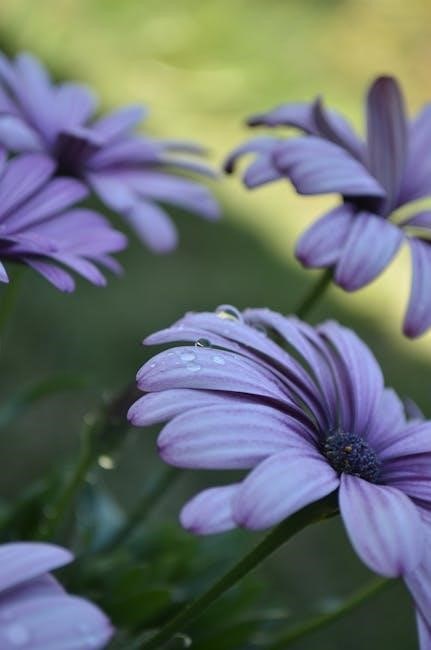
Water, Sunlight, and Nutrients
Understanding the essential needs of plants is crucial for successful gardening. Water hydrates plants, sunlight powers photosynthesis, and nutrients enrich the soil. Girls learn to balance these elements for healthy growth. They discover how different plants require varying amounts of water and sunlight. Nutrients like nitrogen, phosphorus, and potassium are explained, along with how to apply fertilizers. This knowledge helps girls create thriving gardens, ensuring plants receive the right care to flourish. Proper watering techniques and sunlight placement are emphasized to avoid overwatering or underexposure. By mastering these basics, girls can nurture strong, vibrant plants and enjoy the rewards of their gardening efforts.
Identifying Common Garden Plants
Learning to identify common garden plants is a key skill for young gardeners. Girls explore various plants, noting their shapes, colors, and growth habits. They discover how to use field guides or apps to recognize species. Understanding plant families and basic botany helps in identifying similarities and differences. This knowledge allows girls to make informed decisions about which plants to grow and how to care for them. By identifying plants, girls gain confidence in their gardening abilities and develop a deeper appreciation for the diversity of flora in gardens and natural environments, fostering a lifelong connection with nature and its beauty.
Exploring Gardens and Field Trips
Visit botanical gardens or nurseries to observe diverse plant arrangements and learn about various gardening styles. Field trips inspire creativity and provide hands-on learning opportunities for young gardeners.
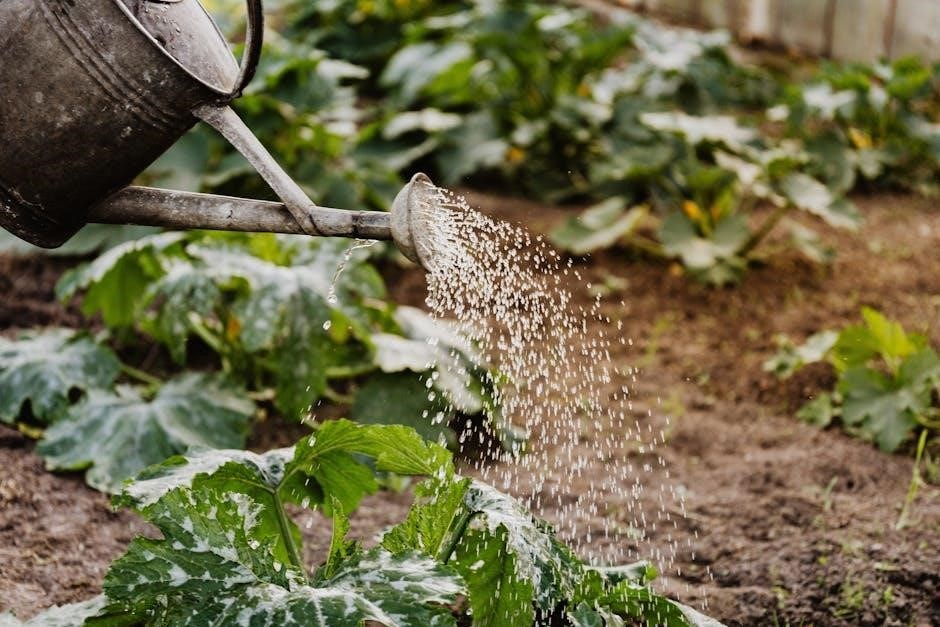
Visiting Botanical Gardens or Nurseries
Visiting botanical gardens or nurseries offers a unique opportunity to explore diverse plant species and learn about different gardening techniques. These trips allow girls to observe how plants are cared for in various settings, from greenhouses to outdoor landscapes. By interacting with garden experts, they can gain insights into plant identification, soil preparation, and pest management. Such experiences not only enhance their gardening knowledge but also inspire creativity for their own garden projects. These visits are a key component of the Junior Gardener Badge, fostering practical skills and a deeper appreciation for horticulture.

Virtual Garden Tours
Virtual garden tours provide an accessible way for girls to explore gardens worldwide without leaving home. These online experiences offer insights into diverse gardening styles, plant species, and cultural practices. Through virtual tours, girls can discover new plants, learn about garden design, and gain inspiration for their own projects. Many botanical gardens and nurseries offer virtual tours, making it easy to explore and learn about gardening in different climates and regions. This activity fosters curiosity and creativity, helping girls develop their gardening skills and knowledge in a fun and engaging way, even when in-person visits aren’t possible.
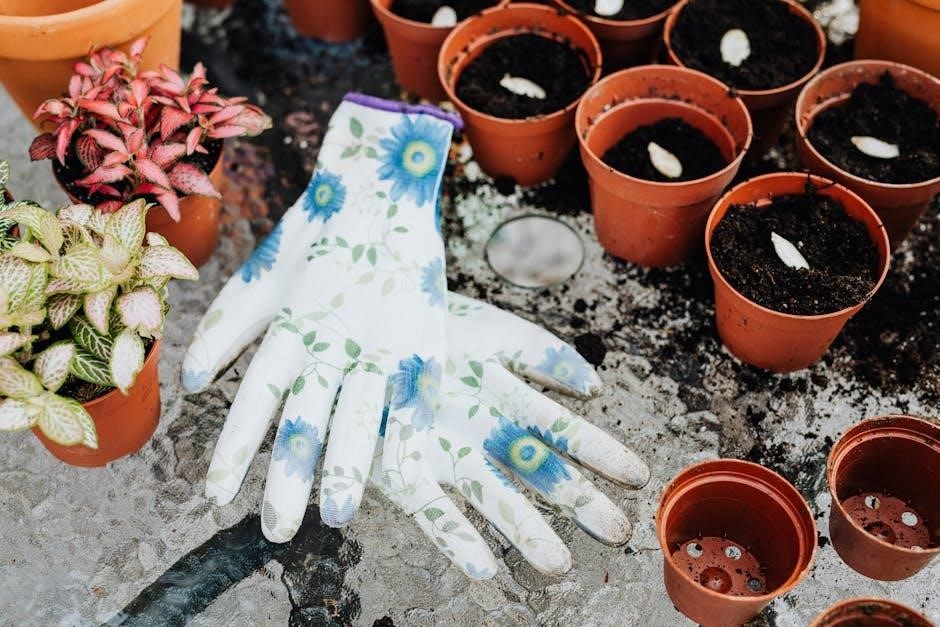
Leadership and Sharing Knowledge
Earning the Junior Gardener Badge empowers girls to share their gardening knowledge and inspire others. By teaching peers and presenting projects, they develop leadership skills and confidence.
Teaching Others About Gardening
Girls earning the Junior Gardener Badge share their knowledge by teaching others about gardening basics. They demonstrate how to plant seeds, use tools safely, and care for plants. This fosters leadership and communication skills while inspiring others to explore gardening. Activities include presenting garden designs, explaining plant needs, and guiding peers in hands-on projects. By sharing their expertise, girls empower their community to grow and nurture plants, creating a ripple effect of green thumb enthusiasts and environmental stewards.
Presenting Your Garden Project
Presenting your garden project is a key part of earning the Junior Gardener Badge. Girls showcase their garden designs, sharing their planning process, challenges, and successes. They discuss the plants they chose, how they prepared the soil, and how they ensured proper sunlight and water. Presentations may include photos, sketches, or even a model of their garden. This step encourages girls to reflect on their learning, celebrate their accomplishments, and receive feedback from peers. By presenting their projects, girls demonstrate their understanding of gardening principles and their ability to create a thriving outdoor or indoor space.
Comments